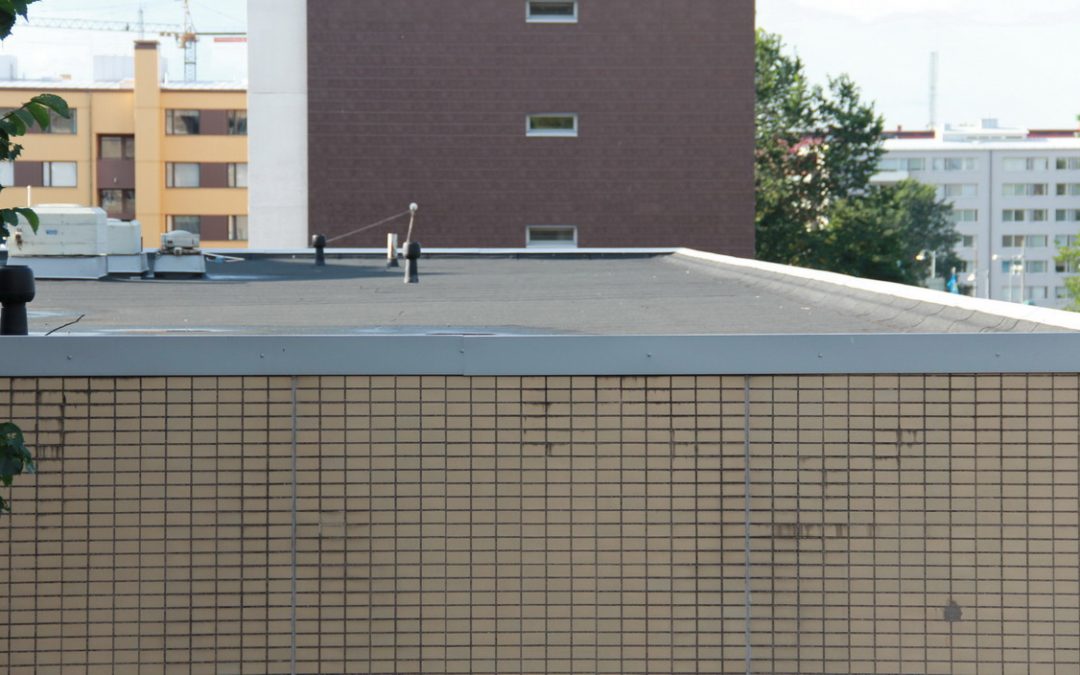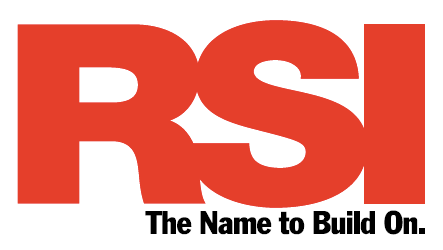If you are a building owner or facility manager, roofing costs have always been among your major concerns. In its January report, Reed Construction Data indicated that a faster-than-projected economic recovery will accelerate commercial construction activity and push materials prices even higher than general inflation. Combined with today’s soaring energy costs, it’s clear that managing commercial roofing costs is critical, especially for owners and facility managers with multiple buildings. Education and strategic budget planning are the best defense to managing a building.
Where to begin?
Proactive versus reactive maintenance is a good place to start. Owners and facility managers who react to problems as they occur, pay an average of 25¢ per square foot annually for maintenance. Owners and facility managers who inspect and repair routinely (proactively) – before problems happen – spend an average of only 14¢ per square foot annually. Plus, proactively maintained roofs last an average of 21 years compared to an average lifespan of 13 years for reactive maintenance. The longer you can extend your roof’s life before replacement, the more your overall savings increase and your life cycle costs decrease.
Weighing dollar versus value
While it may seem counter-intuitive, per job pricing should not be the primary consideration when choosing between providers. Focus instead on the lowest roof life cycle cost. Fixating on the lowest one-time bid ignores the long-term roofing costs and typically results in a higher overall expense. There are many sophisticated analytical tools that go beyond visual analysis, such as infrared scanning and membrane testing, that can pin-point with greater accuracy where and when the roofing problems might occur. This level of analysis gives you the advantage of staying ahead of roofs problems, which can eliminate potential damage, increased costs and liability when left unaddressed.
Repair or replacement
A roof undergoes serious wear and tear throughout its lifetime, with factors such as weathering and degeneration taking their toll. Through scientific testing and analysis, a roofing provider can outline the current condition of your roof and to help you decide if roof repair or restoration is an option or whether roof replacement is necessary. The building should dictate the roofing system so the roofing provider must be familiar with building codes, energy solutions and roof systems—including all nine major roofing systems and more than 60 subsets—to help you make the best decision for your specific system and building type. Choosing a roofing provider that offers repair and restoration options, not just replacements, improves the likelihood of an accurate analysis and a successful plan for your roof and your budget. A good rule of thumb is to consider repairing your roof if it will survive its original service life expectancy without exceeding the cost of a new roof.
Technology is an important tool
The construction industry has been slow to adopt information technology, even though research has shown that contractors who use technology:
- Lower costs
- Higher productivity
- Better organized schedules
A roofing provider that has made an investment in technology can help take the guesswork out of your roof repair and maintenance decisions. Online software can help you manage roof assets easier, and through a variety of tracking and reporting options, including inventory management, in-depth reporting, invoice tracking and data tracking, you can more accurately determine your roof’s lifespan and avoid unexpected costs associated with emergency repairs.
Technology used internally can also ensure the roofing provider has cost-efficient procedures and operations. GPS tracking enables management to supervise their technicians from a distance, which has been shown to increase technician productivity by 23%. In turn, this reduces costs to the client. Lastly, electronic invoice auditing combined with the GPS tracking and proper accounting software can ensure that you are billed accurately and fairly.
One technician or two?
Another consideration in cost management is the number of technicians assigned to your roofing job. Efficiency studies have shown that the best way to approach any job is with the fewest number of workers needed to safely complete the project. For most roof repairs and inspections, that number is one, not two.
Experience matters
Surprisingly, weather is not the most common threat to a roof’s durability. Approximately 40% of all roof problems occur because of human error due to workers going on your roof for window washing, HVAC repair, etc., faulty maintenance or poor installation in the first place. Therefore, proper training, experience and consistent performance are all essential when choosing a roofing provider.
Having quality management systems in place, such as ISO certification, is also important. An ISO-based quality management system demonstrates that the provider has implemented clearly defined, proven processes to deliver consistent service. Unfortunately, only 12% of the entire service industry has ISO certification.
Safety is another component of quality. A provider is only as good as the technicians who do the work, so you should be sure they conduct extensive, ongoing training in safe work practices and continually assess work methods to bring even greater safety to jobsites.
Experience refers to both the roof technicians and the company because there are literally thousands of substandard, unqualified contractors out there who might not be in business long. According to the U.S. Census Bureau, in just a three-year period, 45% of all roofing contractors were newly formed while 41% of existing contractors had gone out of business. To truly measure stability and longevity, it is best to work with a provider that has been in business for at least 10 years.
You need to really know who is on your roof. Ask potential roofing providers about their self-performance policy. Contractors who self-perform vs. sub-contract can offer more peace of mind because you know the roofing technicians have been properly trained in safety and trained in uniform standards. Even though contractors claim they perform background checks and e-Verification, if they are sub-contracting the work, those technicians may not have gone through the same type of screening.
Manufactured products
Advantages to choosing a repair provider that manufactures its own products include:
- Being both a manufacturer and provider allows for increased knowledge about which products are best suited for your job.
- They will have the right repair materials in their truck—materials that should be stronger than the original products used.
- If there is an issue with a product, the manufacturer will know right away because they are the ones installing it.
- The same company will warrant the product and service, eliminating finger pointing if there’s ever an issue.
- Because feedback is instant, they can also create cost-efficient application techniques and products that are easier to install with less chance of human error.
Researching some of the basics
At a more basic level, there are a number of other factors to consider, such as financial strength (found by reviewing their Dun & Bradstreet report and asking for a bank reference), geographic location, licensing, experience in the proposed roofing system and more. Please see the sidebar, “15 Questions to Ask Before Selecting a Roofing Provider,” for additional factors to consider.
Understanding roofing costs can be difficult, but when you know what to look for and are armed with the right questions, it is much easier to make the right choice for your needs to save you time and money in the end.


